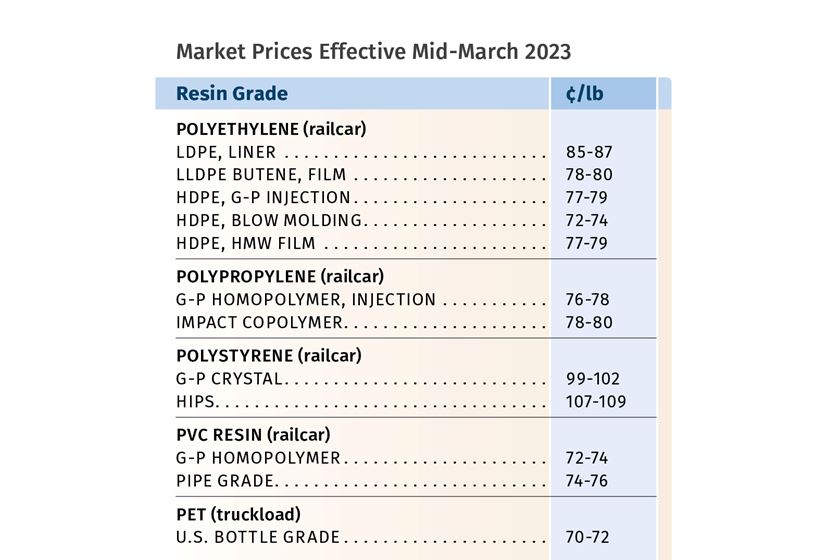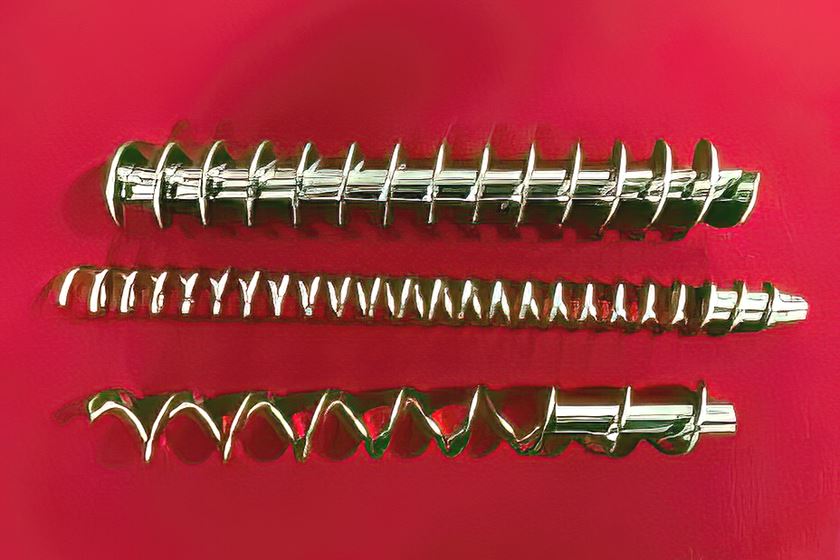Halogen-Free Flame Retardant for Crosslinked & Non-Crosslinked PE Foams
Tosaf’s FR9185PE masterbatch reportedly helps prevent the spread and acceleration of fire even at low concentrations.
#polyolefins
Edited by Lilli Manolis Sherman

A new halogen-free flame retardant (HFFR) masterbatch has been developed by Tosaf for crosslinked and non-crosslinked PE foams. FR9185PE is said help prevent the spread and acceleration of fire even at low concentrations, facilitating compliance with demanding fire protection standards in industries such as construction, pipe insulation, automotive and shipment packaging.
High corrosion resistance, dimensional stability and thermal insulation have led to the steadily growing use of PE foams in a wide range of applications including acoustic and mechanical dampers as well as flooring, pipe insulation, and decorative elements. However, their low fire resistance requires the addition of flame retardants, and the trend is toward halogen-free formulations for environmental and safety reasons, especially in Europe and the U.S. Tosaf has focused on expanding its range of its HFFR masterbatches to include appropriate solutions that do not impair the properties of the foam, but at the same time enable compliance with international fire protection standards.
As the latest representative, the new FR9185PE has been shown to be suitable not only for non-crosslinked but also for crosslinked PE foams. In the event of fire, its phosphorus-based active ingredient initiates a gaseous mechanism that stops combustion by reacting with the resulting free radicals. For achieving a similar performance as with halogen-based mechanisms, 10% to 15% of this product is required. By comparison, other halogen-free systems, which either rely on the formation of a protective layer that suffocates the fire or of water vapor to cool the combustion, require 30% to 60% of addition dosage. FR9185PE reportedly ensures effective dispersion in the foam and does not negatively affect foam nucleation or crosslinking levels, resulting in a consistent cell structure and a high-quality foam product with preserved mechanical properties and thermal stability.
RELATED CONTENT
-
Recycling E-Plastics New Material Stream Brings Its Own Set of Problems
Brominated flame retardants restrict its use. Most now goes to China, but new recycling processes promise to ‘clean up’ e-waste.
-
Materials
To succeed in Detroit, it’s not enough for polypropylene-based TPO elastomers to be low-cost, lightweight, easily processable, and recyclable. They also have to look good for the life of the vehicle.
-
Enhancing Biopolymers: Additives Are Needed for Toughness, Heat Resistance & Processability
Plastics are going “green,” but they will need some help to get there. Biodegradable polymers derived from renewable resources are attracting lots of interest and publicity, but that enthusiasm is counterbalanced by persistent questions of availability, cost, performance, and processability. All these issues are inter-related: Increasing demand will lead to more capacity, which will presumably lead to lower prices. But the foundation is market demand, which ultimately depends on whether biopolymers will have the performance properties and processability to compete with existing non-renewable plastics.



















